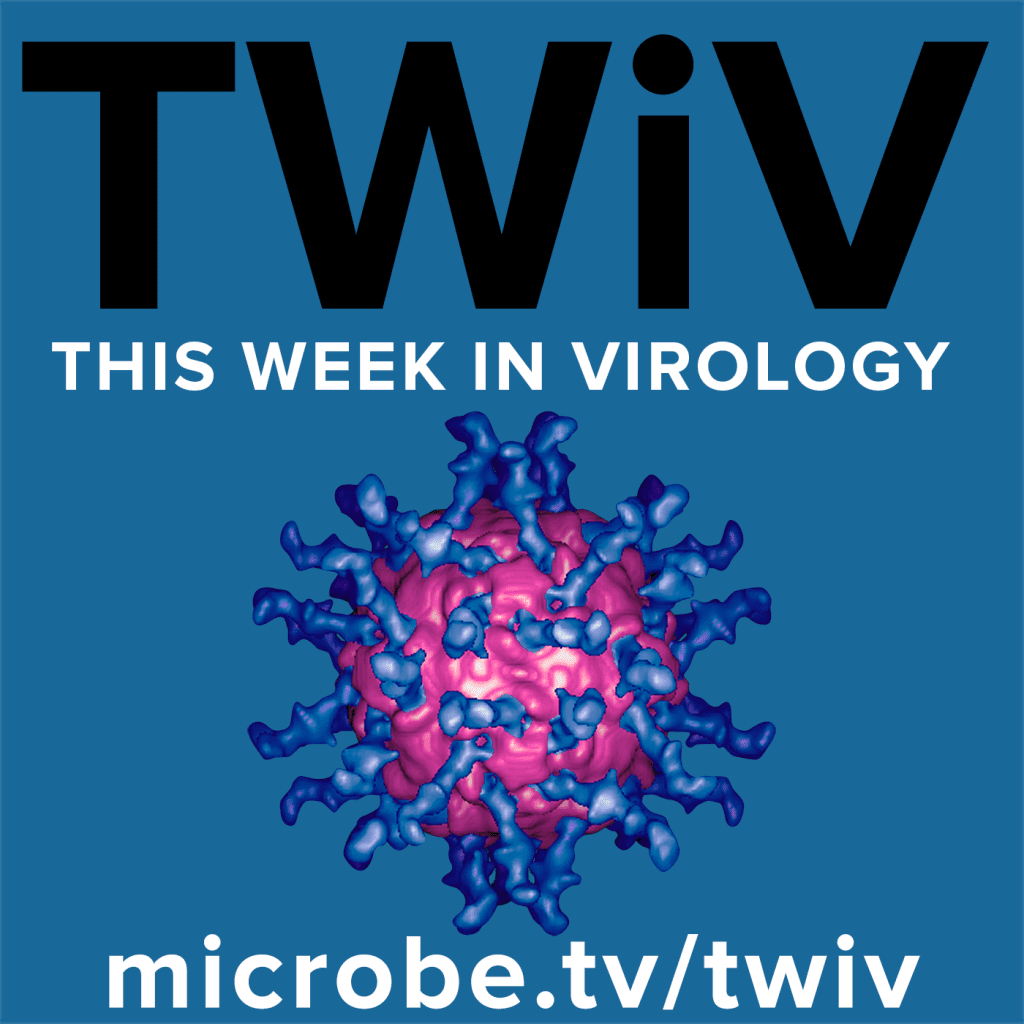TWiV 400: Harold ‘400’ Varmus, a scientist for all seasons
The TWiV team is together in New York City for a conversation with Nobel Laureate Harold Varmus about his remarkable career in science. You can find TWiV #400 at microbe.tv/twiv, or listen/watch below. [powerpress url=”http://traffic.libsyn.com/twiv/TWiV400.mp3″] Click arrow to play Download TWiV 400 (101 MB .mp3, 139 min) Subscribe (free): iTunes, RSS, email Become a patron of TWiV!

